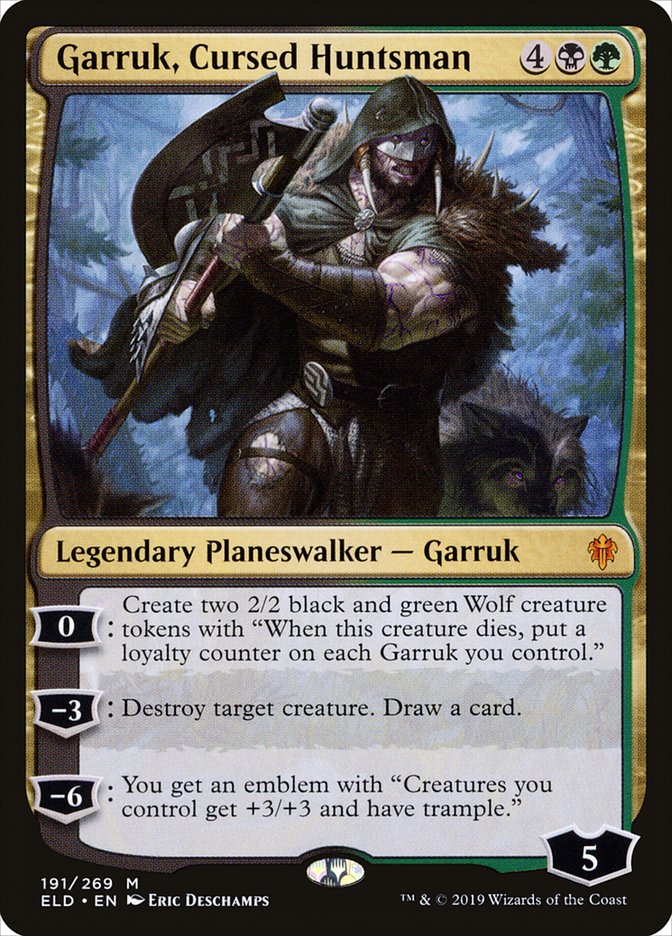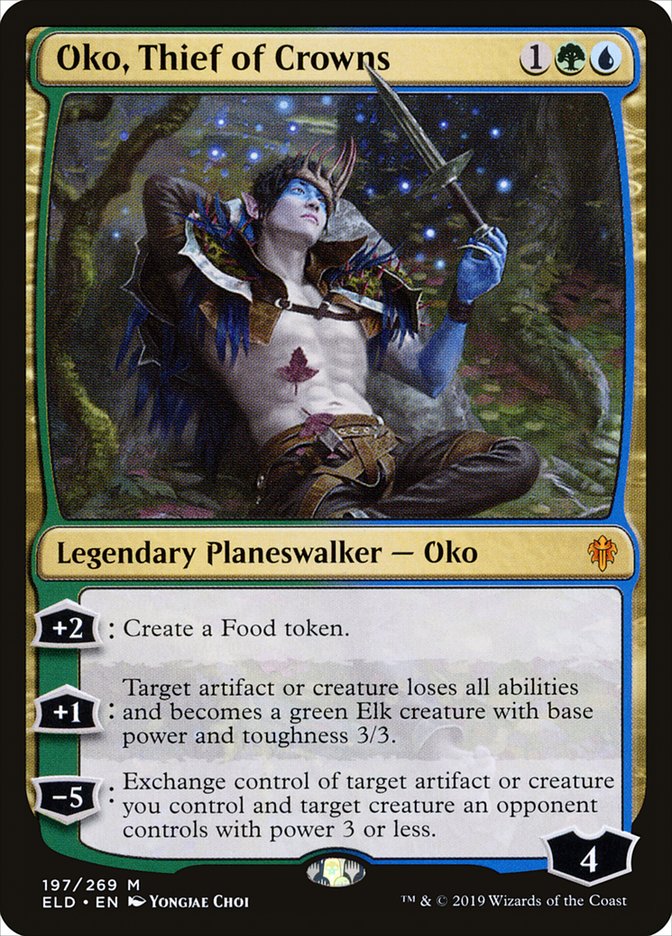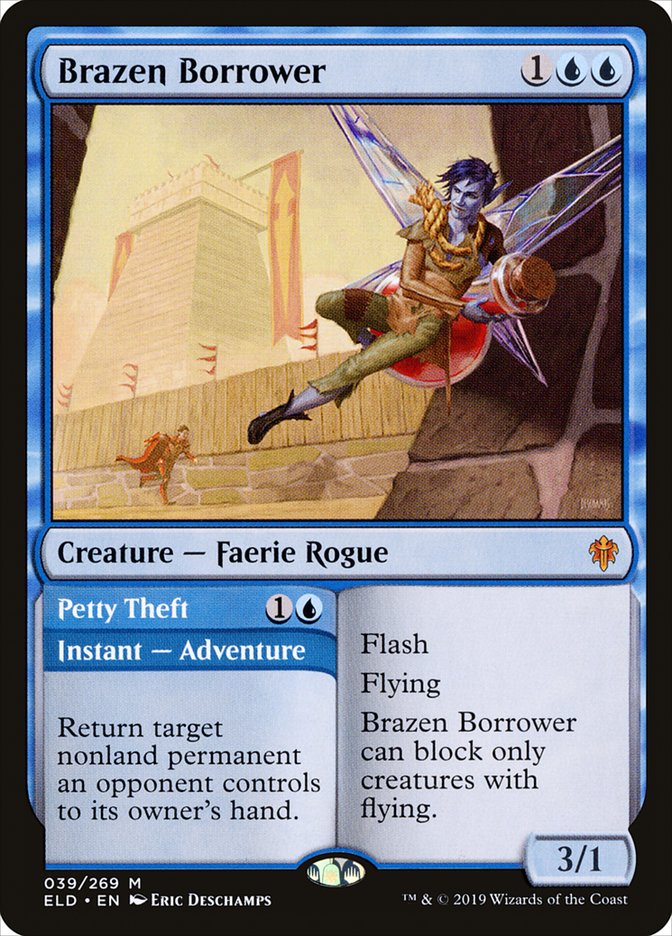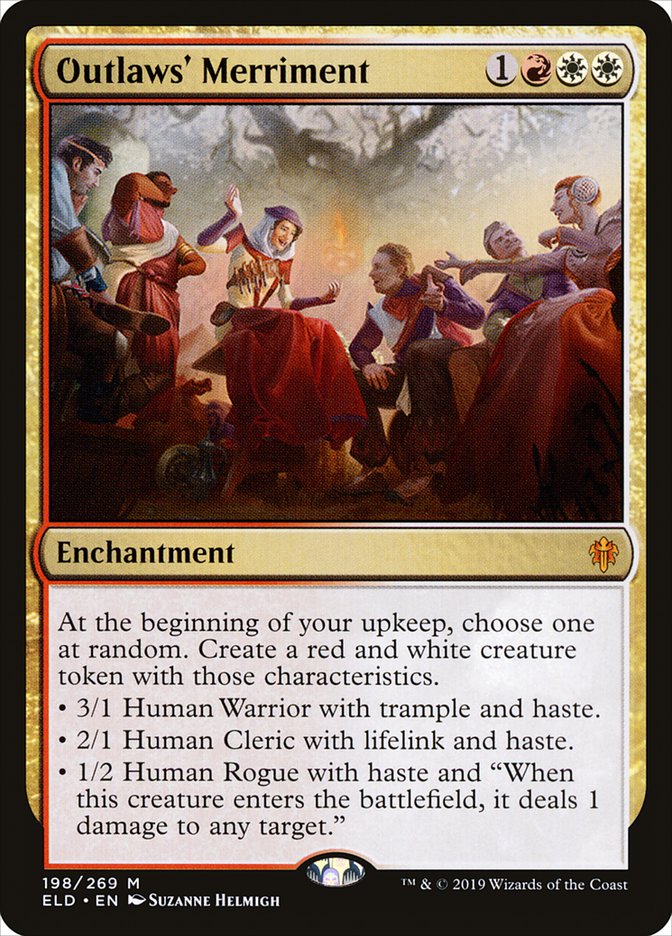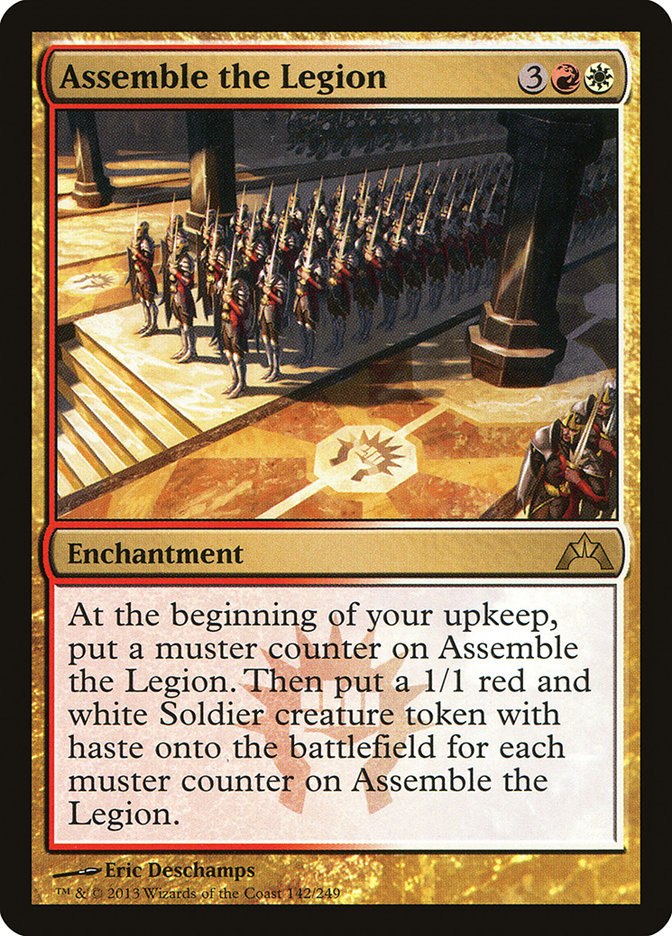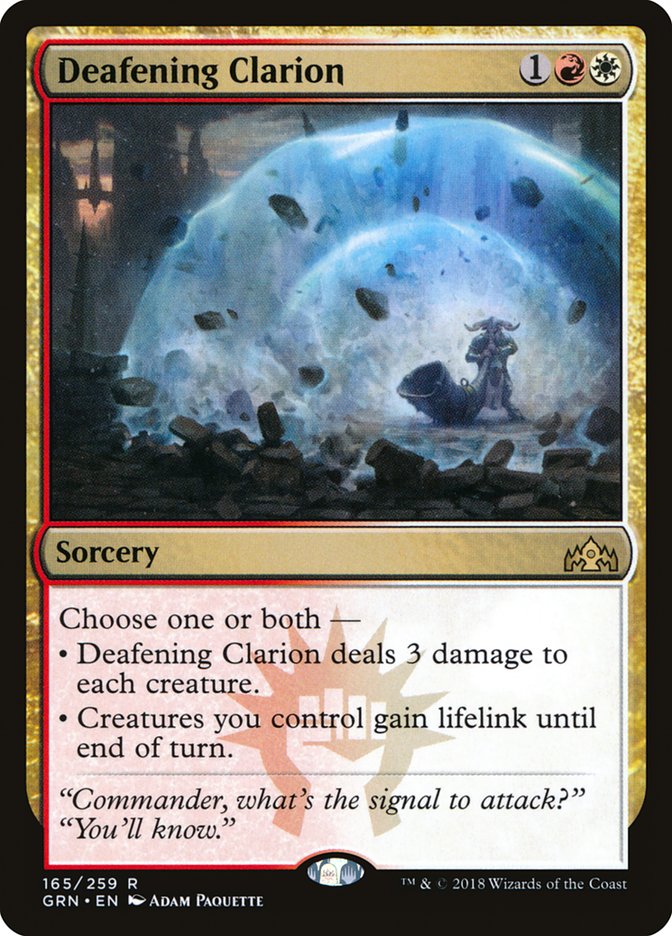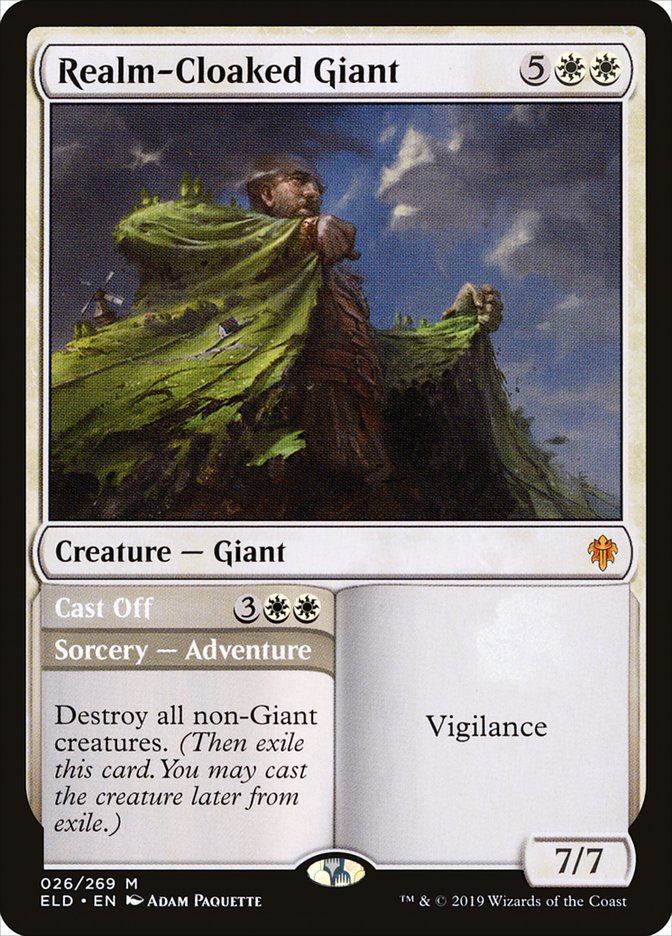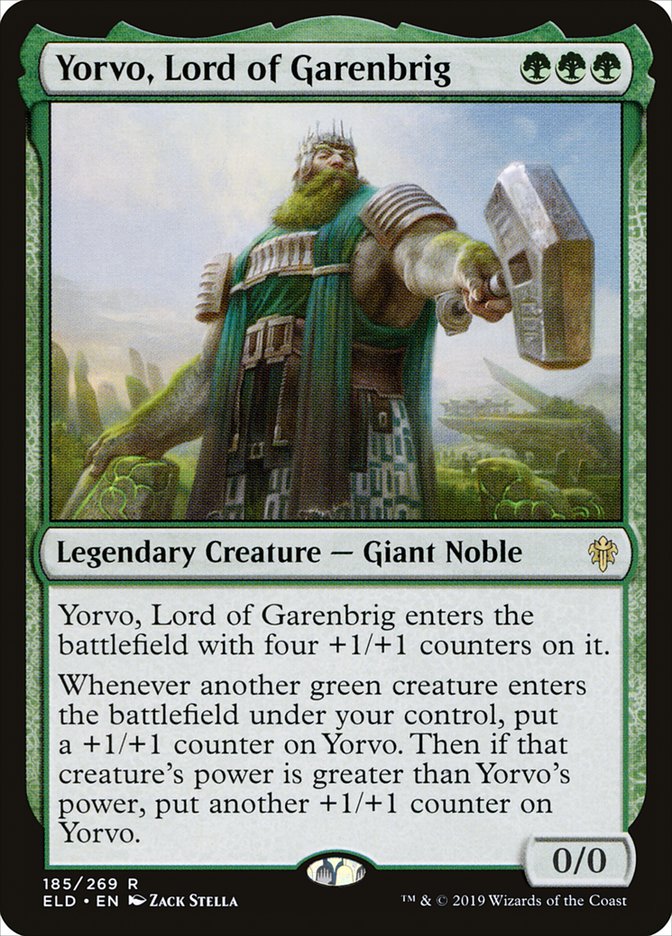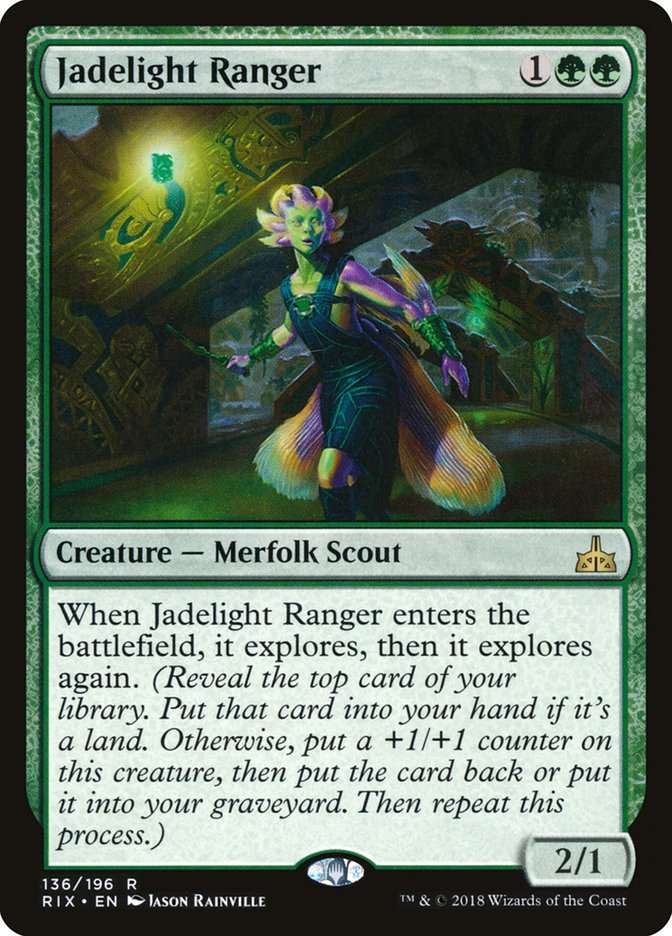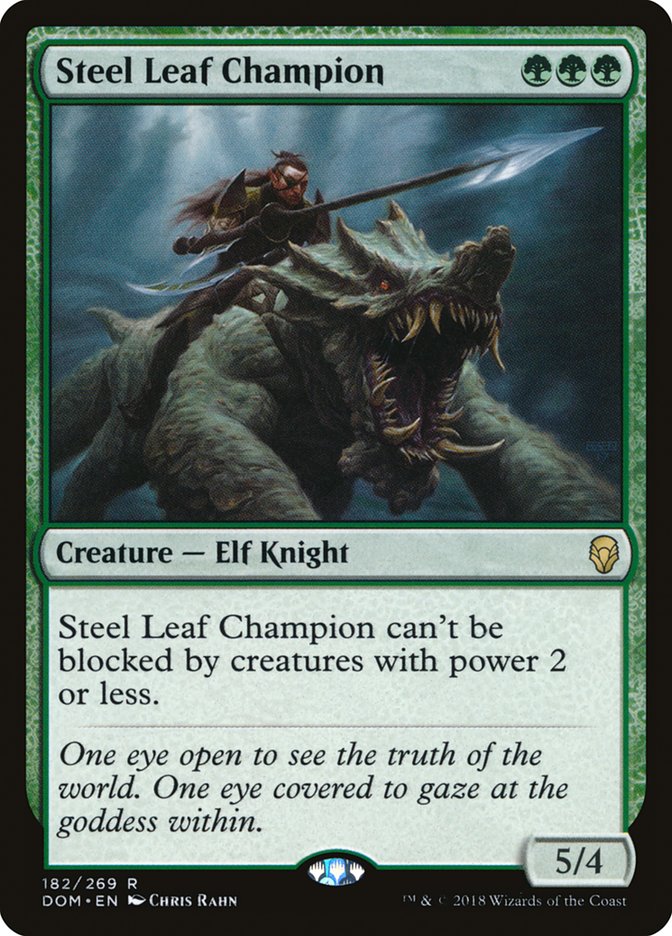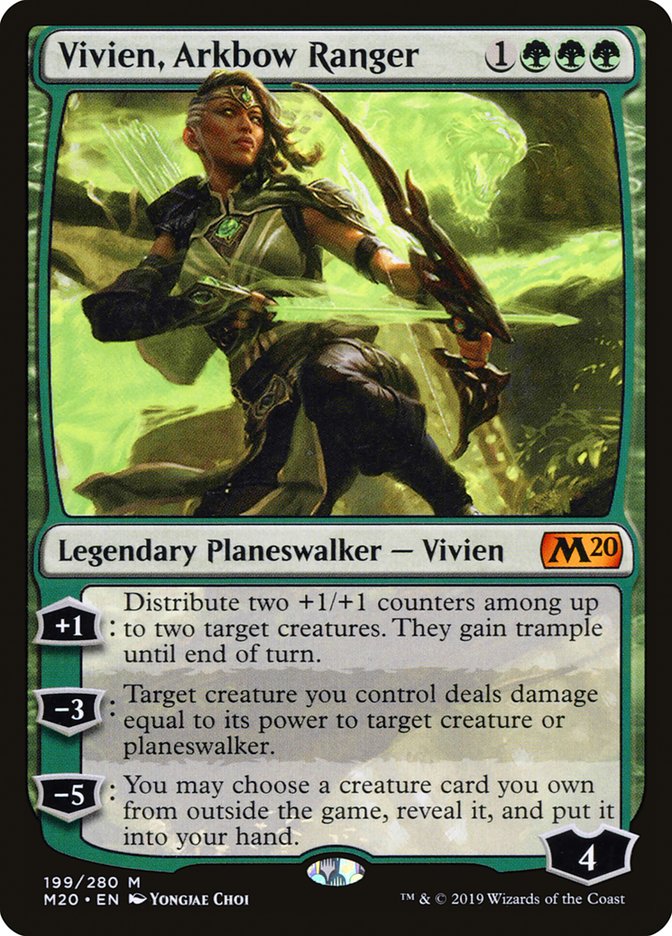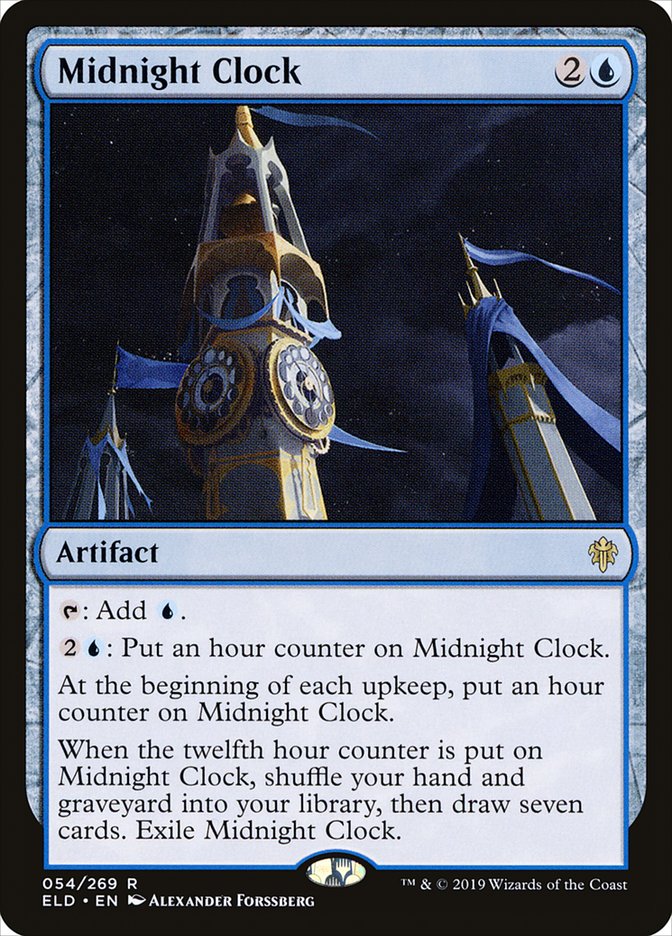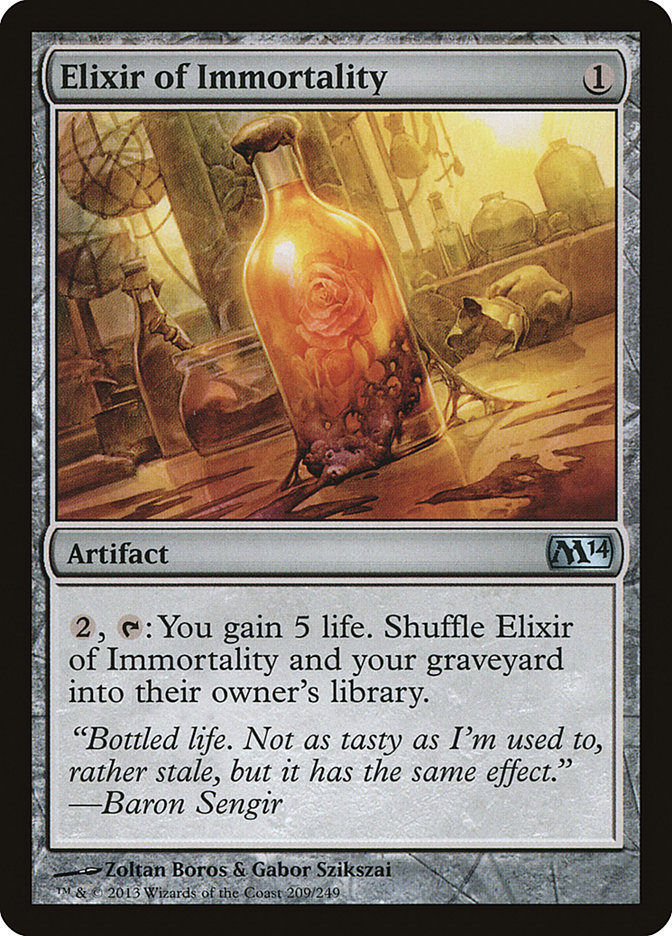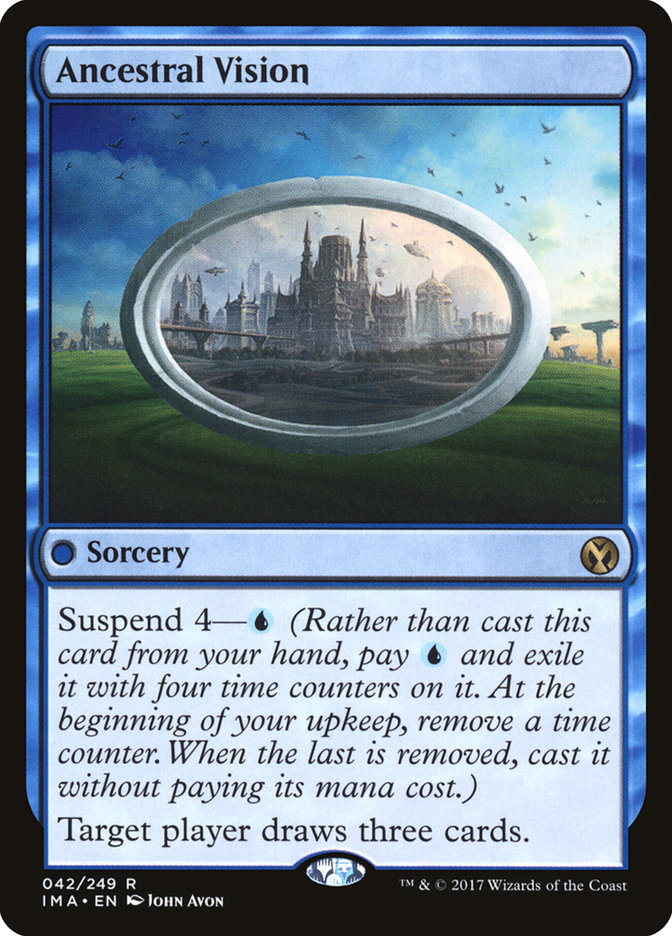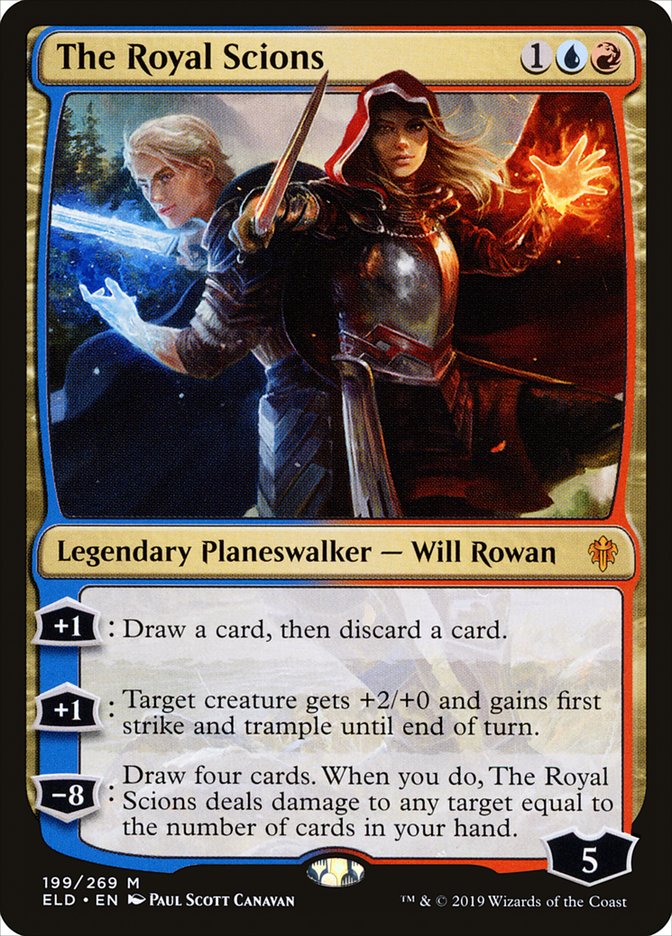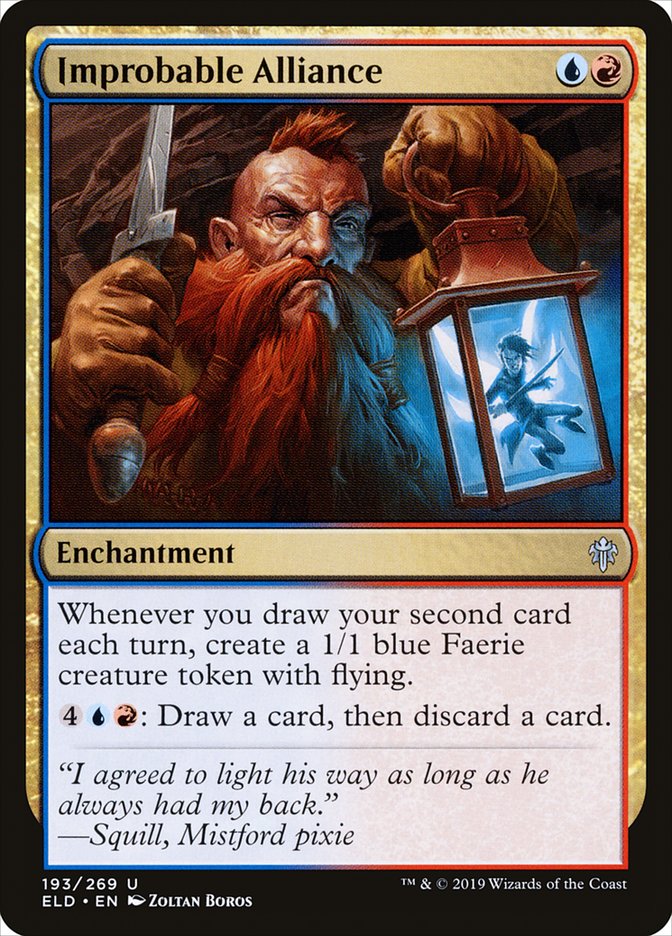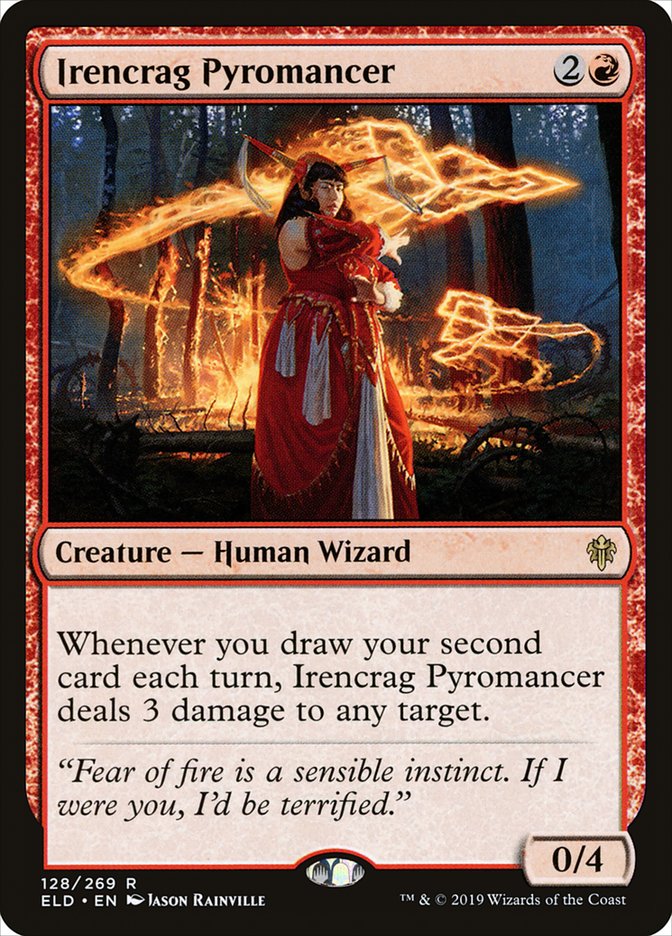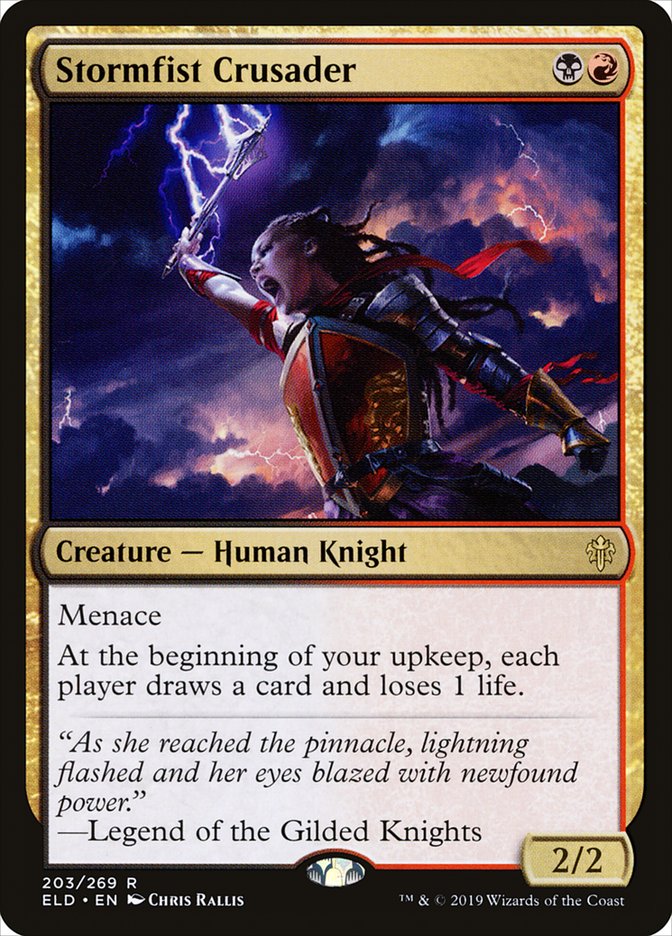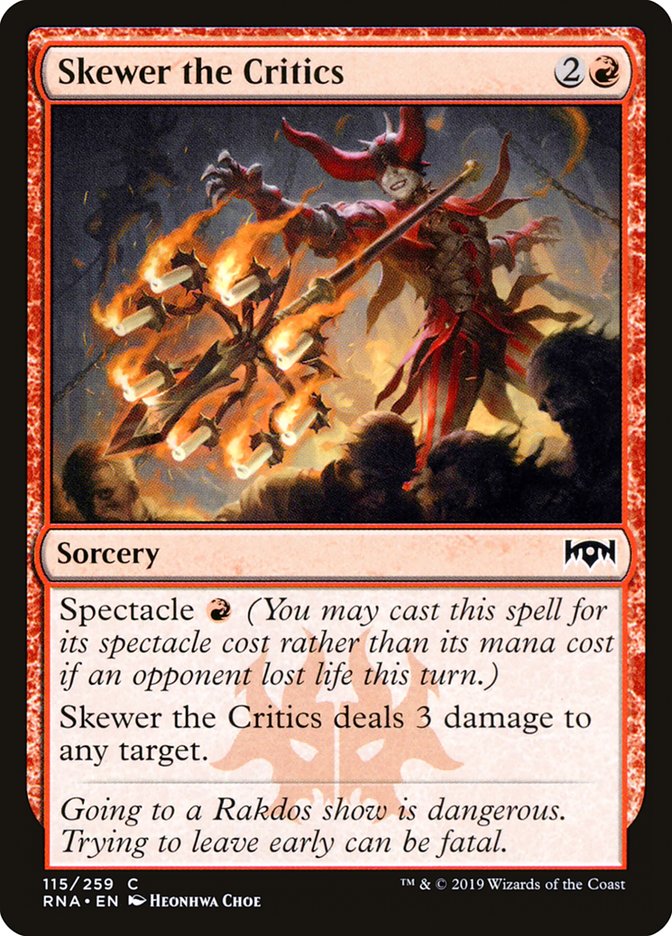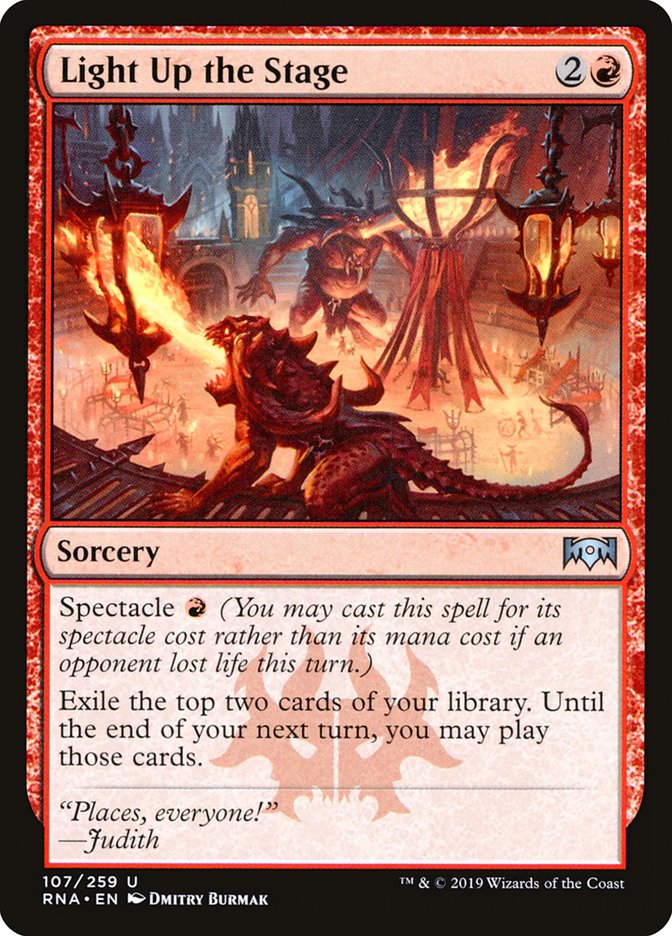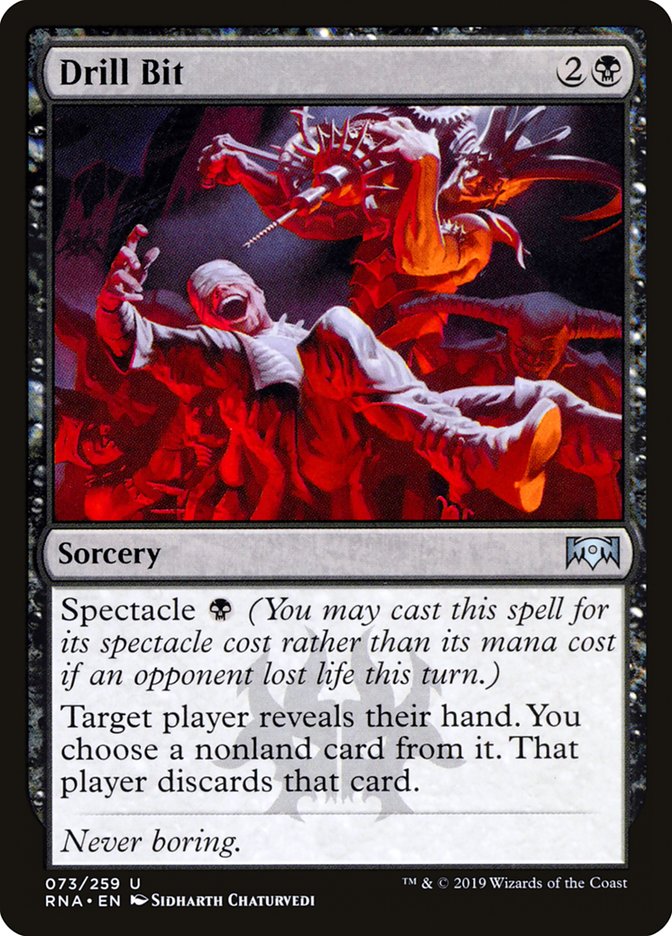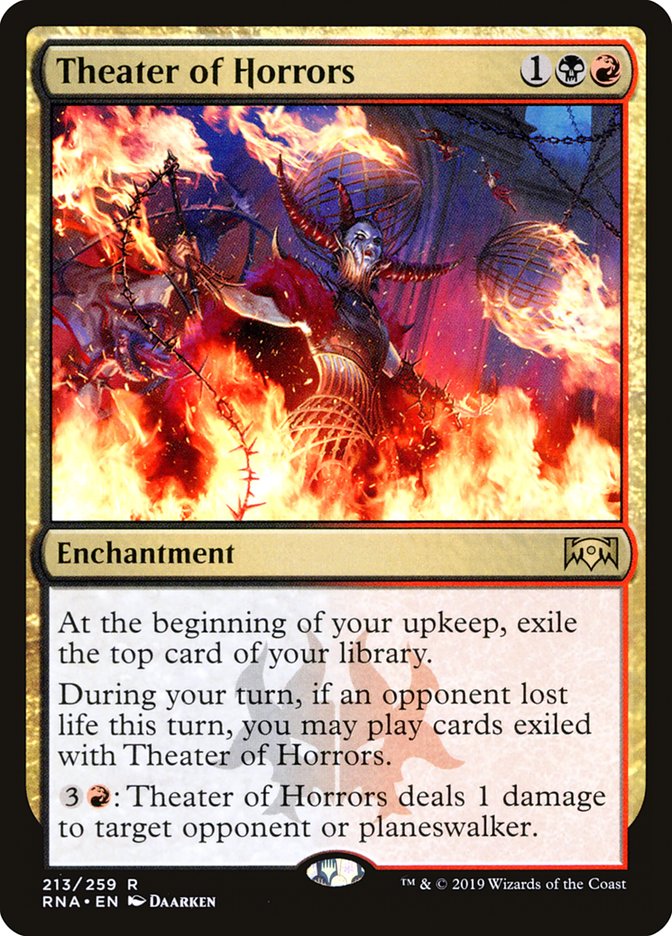With every card in Throne of Eldraine finally out in plain sight and the SCG Tour stopping in Philadelphia in two short weeks, my mind has been racing with ideas of how to best make use of everything Throne of Eldraine has to offer.
So far I, alongside many others, am pretty thoroughly convinced that Throne of Eldraine is a home run both in flavor and design. Cards like Garruk, Cursed Huntsman; Oko, Thief of Crowns; and Brazen Borrower are among many, many others that are sure to have a home in the coming Standard format.
And why shouldn’t they? On rate and power level all three of these are sure to be a big part of what’s to come, which is why, coincidentally, I won’t be talking about any of them this week.
This week isn’t the time to be breaking out cards with good rates and known strategies if you’re trying to snag one of the newly announced Players Tour invites in Philadelphia next month. On the contrary, this week is the time to test the things you’d never give time to otherwise. In other words, check out some cards nobody is talking about!
When I spend time looking over any set, I always try to find the cards that are hard to evaluate or that are flying under the radar in others’ eyes to make sure I don’t miss anything. For those of you who are devoted fans of my writing (Hi Mom!), this should be no surprise to you, as I’ve called my shot with Risk Factor; Chandra, Fire Artisan; and Sorin, Imperious Bloodlord during preview season, well before these cards had anyone’s attention.
The sleeper picks of any set are almost more important than the obvious ones, because they’re the cards that will have repercussions early on in the Standard format that nobody is prepared for. In Week 1, any edge you can generate is extremely valuable, especially when it comes to information, so here are my Top 5 sleeper picks for Throne of Eldraine Standard.
5: Outlaws’ Merriment
Traditionally, whenever we see a card with random outcomes, we tend to overlook it because of its inconsistency. Randomness aside, there are some really appealing things about Outlaws’ Merriment that make me think it could be a card to keep in mind.
For starters, Outlaws’ Merriment is an enchantment, which means a lot more than it did before War of the Spark released. Permanents that generate card advantage on a consistent basis and don’t die to cards like Murderous Rider are at a premium nowadays. Other than its issues with passing the Teferi, Time Raveler test, Outlaws’ Merriment is a nearly unpunishable threat.
The closest card I can think of to Merriment would have to be Assemble the Legion. If you untap with the card on the battlefield once or twice, suddenly the entire dynamic of the game changes to revolving around dealing with this one card and its effect on the battlefield. Take enough turns with Outlaws’ Merriment on the battlefield and it might not even matter what other spells you cast later; the rest of the game will just be a formality.
In my mind, the biggest thing holding back Outlaws’ Merriment is just the rest of the Boros colors in Standard right now. Most successful Boros decks have been centered on Feather, the Redeemed, and while those decks could be in the market for resilient threats that can come out of the sideboard, that’s only using the floor of the card.
When you have a card that’s relying on slowly stockpiling smaller bodies, often the best way to leverage it is to use sweepers to ensure you’re able to pivot from being on the back foot to taking over the game.
White does have access to two premium sweepers and a few strong planeswalkers, so maybe that’s a direction to take things for Outlaws’ Merriment moving forward. Either way, the card has some serious chops.
4: Yorvo, Lord of Garenbrig
Yorvo is the kind of card that seems a little innocuous at a glance. It’s an above-rate three-mana creature, basically only playable in a Mono-Green deck, so what makes him such a sleeper?
In the previous Standard format, Green had a wealth of strong things to do on three in their curve, but following rotation, that spot is wide open to be filled by the Jolly Green Giant, leaving him poised to be a big player if the archetype can stay relevant.
Perhaps the most promising line of text on Yorvo is his creature type, Giant. As you may have noticed above, Realm-Cloaked Giant is likely to be the sweeper of choice for most early decks, as it’s easy on mana requirements and tough on crime as they come. The one Giant-sized hole in Realm-Cloaked Giant is, well, that it doesn’t kill Giants like Yorvo, meaning that while Yorvo is accruing counters from the rest of your creatures that will get swept up, he’ll carry it through to the other side in matchups where playing an otherwise vanilla creature would normally be awful.
Yorvo, and most of the rest of the cast of Mono-Green for that matter, also happens to play very well on curve with Vivien, Arkbow Ranger, one of the few ways to grant trample to your group of green goons. Being a native four-power creature means he’ll be able to clean up just about anything in his path with Vivien’s help, even ones like the biggest pain to Green’s threat base, Vantress Gargoyle.
Of course, Yorvo will be relying on the rest of his supporting cast to make him go from sleeper to staple, but following up an act like Steel Leaf Champion and Llanowar Elves is no easy task.
3: Midnight Clock
Midnight Clock is probably the first card on this list any of you are really surprised to see, but I think it might be one of the best cards in Throne of Eldraine. What on the surface looks like a strange Darksteel Ingot with a bunch of extra text has the potential to be two of the most powerful control cards of all time, both stapled onto a card that smooths your mana.
If I told you that Midnight Clock was actually these two cards in a trench coat, would you start to see where I’m coming from? While suspend 6 on Turn 3 is a lot more than suspend 4 on Turn 1, drawing seven cards is a lot more than drawing three, so I think the wait might be worth it. In any deck that is seeking to trade cards on a one-for-one basis and then gas back up, Midnight Clock is a dream come true.
A part of me believes that some people initially read this card as a symmetrical effect and wrote it off from the get-go. That’s how unbelievable it is to me that I haven’t seen anyone talk about it yet. In practical application, this card puts Magic Mirror to shame. Rather than aggressively trying to resolve a card that pulls you ahead, Midnight Clock sits on the battlefield and allows you to play the game at your speed until the moment strikes.
I’ll have to do some serious testing with it, as you have to with any reactive control deck this early in a format, but Midnight Clock for sure is more of a sleeper than a dud. You can count on it.
2: The Royal Scions
This one is probably the least “sleeper” of the sleepers I’ve picked out, but I think it’s fair to say that the card hasn’t been talked about nearly as much as you might expect for a three-mana Izzet planeswalker.
I think some of this had to do with how early on we got our first look at The Royal Scions, how much more we know now about Throne of Eldraine than we did then, and how innocuous The Royal Scions is.
I’m not going to do too much of a breakdown of the card itself because I thought Todd Anderson did an amazing breakdown of it a few weeks ago that you should check out, but with the rest of what we know, I’m pretty interested in this deck that Zach Kiihne posted on Twitter earlier this week.
First iteration of the Izzet Draw Two. This is the first deck I will play on Arena when Eldraine comes out
People are underestimating the Royal Scions, this card is nuts pic.twitter.com/SVe9cD1Vyc
— Zachary Kiihne (@ZKiihne) September 23, 2019
Taking a page out of the file for Modern Horizons, the Izzet pairing’s mechanic for Throne of Eldraine is the ever-eloquent “draw two.” Back when we first saw The Royal Scions, we had no idea that this was the case, but since then we’ve picked up a couple of extremely powerful synergy cards for the archetype.
Both of these cards are incredibly flexible in their application, either playing defense and controlling the battlefield to allow The Royal Scions to run rampant and use its ultimate or being able to put immediate pressure on the opponent as a reward for doing something that’s already quite good.
The Royal Scions has a lot of other potential for Standard applications as well. Not only is it one of the few ways to enable Arclight Phoenix that will remain in Standard, Looting every turn is pretty generically powerful, even if a little bland, so there are lots of reasons I have faith in The Royal Scions as a good sleeper pick.
1: Stormfist Crusader
Ah, another set, another game of “How close is this to Dark Confidant?”
I think, based on the symmetry alone, it’s pretty far from Dark Confidant, but that doesn’t mean it doesn’t have the makings of a good card. In a vacuum it’s probably one I’d have a tough time justifying, but in the context of Standard, I’m willing to entertain Stormfist Crusader as a four-of in a lot of my Rakdos decks.
The general rule of thumb about giving your opponent a way to draw cards is that you shouldn’t do it, but when you’re also drawing a card, is it really so bad? Well, still a little, yes, but there are a couple of things that make it better.
First of all, Rakdos in its current form has an entire mechanic which revolves around gaining mana efficiency when the opponent has taken damage this turn. While that doesn’t alone make up for giving your opponent a card, one of the important things to remember about card advantage is that a lot of it boils down to options.
Sure, giving your opponent a card for a life is most likely a profitable exchange for them, but when you also receive a card for a life, and all of your cards are more mana efficient as a result, and all of your cards are in your deck to pressure your opponent’s life total, you might be able to tell a different story with how this card plays out.
For example, you and your opponent take two points of damage and you each draw two cards, your creature connects for four damage, and then it gets killed. Are you on even footing in card economy? If the rest of your cards were also trading for life points, then the copies of Skewer the Critics in your hand might just say yes.
One of the biggest things we’ve seen from Red and Rakdos decks in recent years has been these cards that provide steady streams of card advantage and allow them to have incredible resilience in the face of decks that can’t find ways to seal the deal in a war of attrition. Stormfist Crusader is the most recent in what is now a long line of tradeoff card advantage cards for Rakdos, and when you have enough of those under the same roof, you can often wind up with something quite powerful.
Overall, I think this doesn’t even scratch the surface of all the sleepers that we’ll see awaken as Throne of Eldraine Standard develops. There are a lot of cards still waiting for their time in the spotlight from other sets that could be huge players in disguise that we haven’t thought of yet. Ultimately, we’ll see how it all shakes out over the next few months, but if you believe in something, now is the time to take a risk and see how it works out, there’s plenty of time to call an audible to something safe before the format officially starts.
Until then, happy brewing!


